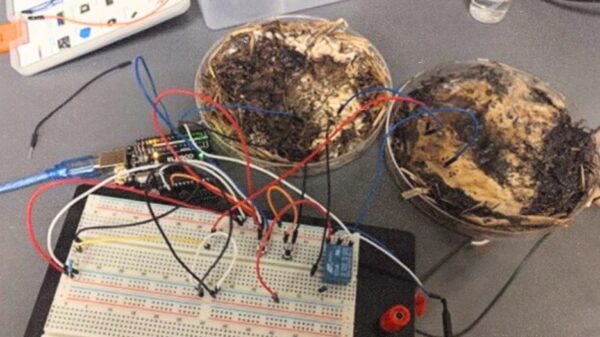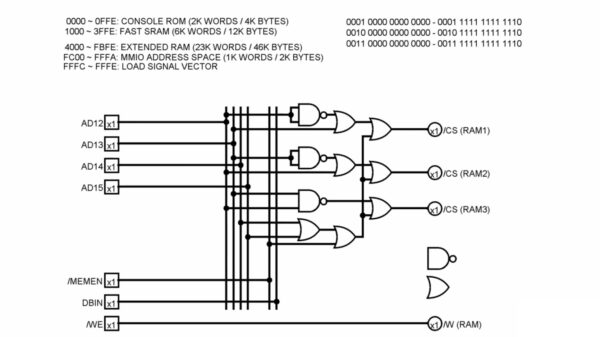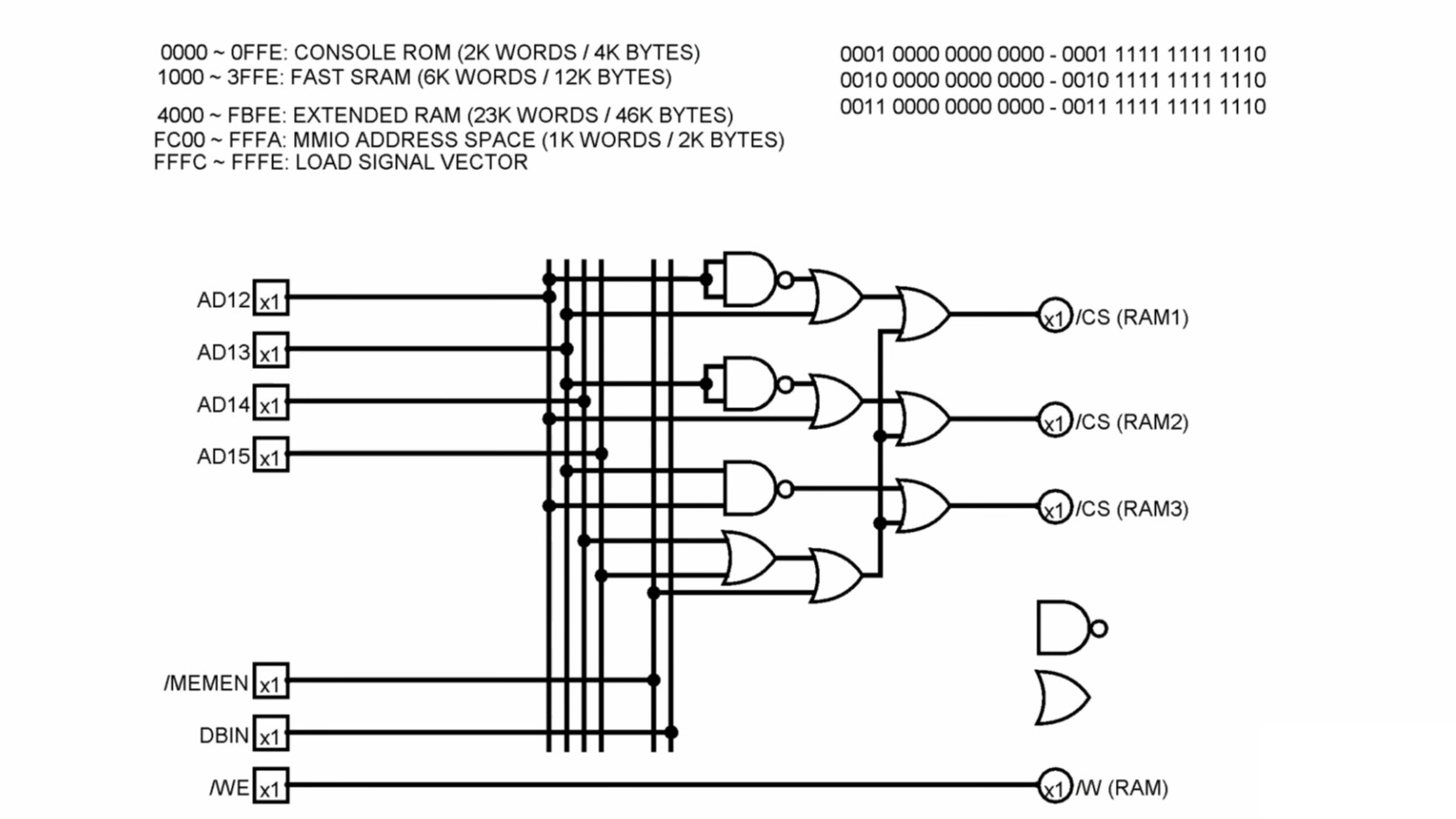A recent video by Usagi Electric on YouTube demonstrates how to create RAM for the TMS9900, a microprocessor used in retro computing. The tutorial emphasizes the significance of RAM in the functioning of the TI-99/4A computer, which utilizes the TMS9900 CPU. Without sufficient RAM, users cannot fully leverage the capabilities of this vintage system.
Usagi Electric highlights that the TMS9900 has limited registers. Most of the “registers” are actually locations in RAM, making the production of RAM essential for any projects involving this CPU. The video showcases the construction of RAM for a homebrew TMS9900 board, specifically using Mitsubishi M58725P static RAM integrated circuits. Each of these chips offers 16 kilobits (or 2 kilobytes) of storage, equipped with 11 address lines and 8 data lines. By arranging two chips side-by-side, the configuration supports 16-bit words.
To expand his RAM capabilities, Usagi Electric employs six M58725P chips arranged in three pairs, resulting in a total of 6 kilowords, or 12 kilobytes of RAM. In building his RAM boards, he incorporates the 74LS00 Quad 2-input NAND gates and the 74LS32 Quad 2-input OR gates. Addressing potential questions about his choice of components, he humorously notes that he has an abundance of these gates, justifying their use in his project.
Assembling and Testing the RAM
After a brief introduction to his pets, Usagi Electric delves into the assembly and testing of his RAM. He creates a simple assembly program to thoroughly test the RAM’s functionality. The program is compiled using a custom toolchain that leverages various open-source software resources available online.
Success in the testing phase is indicated by observing the expected trace on an oscilloscope. This accomplishment marks a significant step in his homebrew computer journey. The video not only serves as an instructional guide but also connects viewers to the broader community of retro computing enthusiasts.
With numerous TMS9900 projects documented, Usagi Electric’s contribution adds to the wealth of resources available for those interested in this vintage technology. His engaging presentation style and practical approach encourage viewers to explore the world of retro computing further, especially with the rich online resources available, including arcadeshopper.com and the AtariAge forums.
Overall, this DIY project showcases the creativity and resourcefulness of the retro computing community, highlighting how individuals can revive and innovate with technology from decades past.





































































